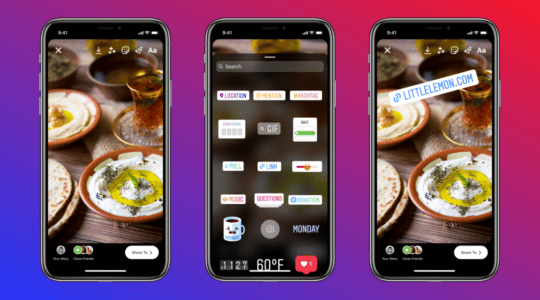Ads in mobile apps have to the potential to be highly valuable, but they can also alienate users. Here's how to find the mobile advertising sweet spot.
Ported Post: This entry was originally published in the Artisan Mobile blog. Artisan was rebranded as In-App Marketing after being acquired by TUNE in July of 2015.
Now that companies have started to build an audience for their mobile apps, many marketing executives are turning their attention to improving monetization. Retailers are focused on their own product catalogs and driving sell-through across multiple channels. Content companies and makers of productivity apps, however, often bet on ad dollars to bring in mobile revenue.
Mobile app advertising has the potential to be highly valuable. Facebook, which depends heavily on its native apps for user traffic, increased its mobile advertising revenue by 151% between the second quarter of 2013 and the second quarter of 2014. And mobile ad network company AdTheorent found in a recent study that ads in apps delivered a 36 percent higher click-through rate than ads on mobile websites.
However, ads also have the potential to alienate users. Executed badly or inserted too frequently, ads can turn users off as easily as they can lead to new revenue. And the impact of a poor experience goes far beyond a single app. It extends to your entire brand.
So how do you find the advertising sweet spot? You test, and test, and test again. In your app layout, the position and size of an ad can make a difference in its effectiveness and in user perception. In push notifications generated by app usage, a sponsorship message can succeed or fail based on how the text is crafted. And in video streamed from an app, the length of a pre-roll ad or the number of interstitials included will often determine audience response.
It’s easy to make assumptions about what’s likely to work in advertising, but user behavior doesn’t always follow predictable patterns. For example, the ad industry has long been focused on the importance of the “call to action.” But in a study conducted recently by Facebook, the social networking site found that sequencing ads was more effective at engaging consumers than sustained call-to-action messages.
Unless you test ad volume, message content, and delivery mechanisms, it’s nearly impossible to optimize ad performance. In mobile apps, as in any other marketing channel, you need real-world data to create an effective ad strategy.
Author
Becky is the Senior Content Marketing Manager at TUNE. Before TUNE, she handled content strategy and marketing communications at several tech startups in the Bay Area. Becky received her bachelor's degree in English from Wake Forest University. After a decade in San Francisco and Seattle, she has returned home to Charleston, SC, where you can find her strolling through Hampton Park with her pup and enjoying the simple things between adventures with friends and family.




Leave a Reply
You must be logged in to post a comment.